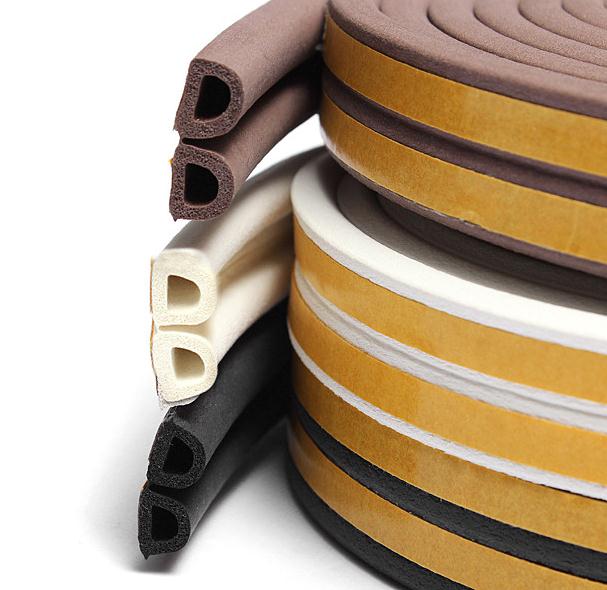Nov . 27, 2024 06:10 Back to list
Windshield Rubber Seal Strips for Enhanced Vehicle Weather Protection
The Importance of Windshield Rubber Seal Strips for Vehicle Performance
When it comes to vehicle maintenance, many drivers focus on engine performance, tire health, and fuel efficiency. However, one crucial component often overlooked is the windshield rubber seal strip. Though it may seem minor, this small piece of rubber plays a significant role in the overall performance and safety of a vehicle. In this article, we will explore the importance of windshield rubber seal strips, their functions, types, and how to maintain them for optimal performance.
What is a Windshield Rubber Seal Strip?
A windshield rubber seal strip is designed to provide a watertight and airtight seal between the vehicle's windshield and the frame. This strip is typically made from durable rubber or foam materials, engineered to withstand various environmental conditions, including harsh weather, UV rays, and temperature fluctuations.
Functions of Windshield Rubber Seal Strips
1. Protection Against Water Leakage The primary function of the rubber seal strip is to prevent water from entering the vehicle. During rainstorms or washes, a well-functioning seal keeps moisture outside, protecting the interior from mold, mildew, and water damage.
2. Wind Noise Reduction A properly sealed windshield minimizes wind noise, enhancing the driving experience. Loose or damaged seals may lead to whistling noises at high speeds, which can be distracting and uncomfortable for passengers.
3. Structural Integrity The seal strips also contribute to the structural integrity of the windshield. In case of a collision, a well-installed seal helps keep the windshield in place, which is crucial for the driver’s and passengers’ safety.
4. Enhanced Aesthetic Appeal These seals provide a clean and finished look to the windshield area. Worn or damaged rubber can detract from a vehicle’s appearance, making it look older than it really is.
Types of Windshield Rubber Seal Strips
Windshield rubber seal strips come in various types, designed for different vehicles and functions
1. Full-frame Seals These run along the entire perimeter of the windshield and are commonly found in many modern vehicles. They offer robust protection against water and wind.
windshield rubber seal strip

2. Foam Gasket Seals These are used in specific applications where flexibility and a lighter weight are essential. They are often found in vehicles with more intricate designs.
3. Adhesive Seals Some windshield installations utilize adhesive-backed rubber strips for added customization and fit. These are ideal for vehicles with unique shapes or sizes.
4. Aftermarket Seals For older cars or models no longer in production, aftermarket rubber seals are available, providing drivers with options to replace worn-out original seals.
Maintenance Tips for Windshield Rubber Seal Strips
To ensure that the windshield rubber seal strips function efficiently, regular maintenance is essential. Here are some helpful tips
1. Regular Inspections Periodically inspect the seal strips for signs of wear, such as cracks, stiffness, or misalignment. Early detection can prevent more serious issues.
2. Cleaning Keep the rubber seals clean by using mild soap and water or a gentle automotive cleaner. Avoid harsh chemicals that could deteriorate the rubber over time.
3. Conditioning Applying a rubber conditioner can help maintain flexibility and prevent cracking. This is particularly beneficial in extreme weather conditions.
4. Immediate Repairs If you notice any damage or leaks, address them promptly. Replacing a damaged seal strip can save you from more significant repairs down the road.
Conclusion
Windshield rubber seal strips may not be the most glamorous aspect of vehicle maintenance, but their importance cannot be understated. They protect against water intrusion, reduce noise, maintain structural integrity, and enhance the vehicle's aesthetics. By understanding their functions and maintaining them properly, drivers can ensure a safer, more enjoyable driving experience. Investing a little time and effort into these small components can lead to significant benefits in the long run.




